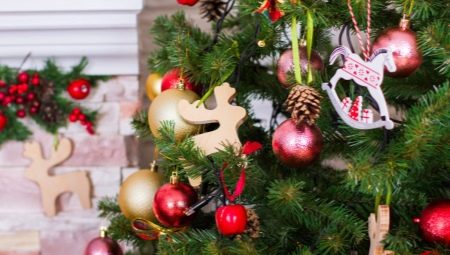New Year can be safely called the main holiday of our country - to find a person who is completely indifferent to him is unlikely to succeed. At the same time, the notorious New Year mood can be described with several symbols - it is enough to place references to them everywhere, and the soul will be filled with characteristic warmth and expectation of a miracle.
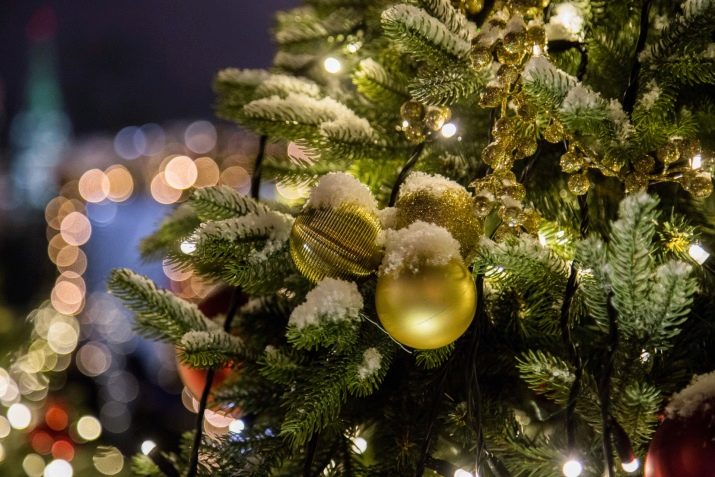
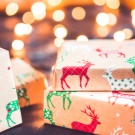
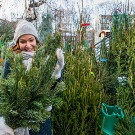
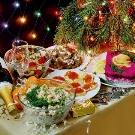
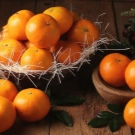
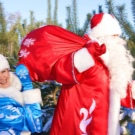
The history and significance of the main symbols of the holiday
It is no secret that in most Christian countries of the world, the main holiday of the year is still performed by Christmas, which is closely adjacent to the New Year on the calendar. But in the Soviet years, the authorities actively fought with religion, so they decided to replace one holiday with another in the minds of Russian people. Judging by today's popularity of the New Year, they succeeded, but a significant part of the New Year’s symbolism was originally Christmas. However, let's take it in order.
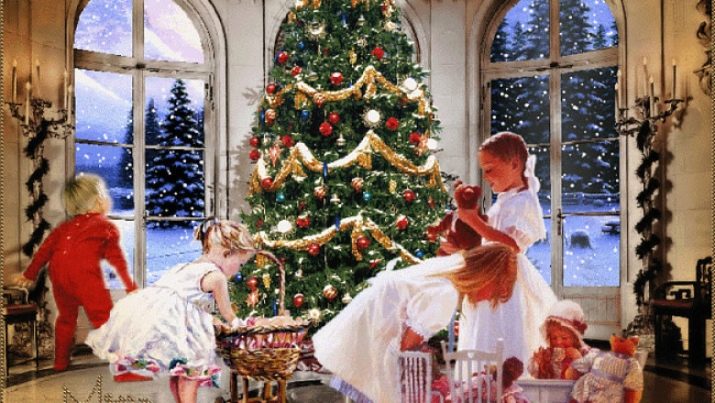
Christmas tree
A vivid example of a New Year symbol with a Christmas background - it's a tree, the main holiday tree. Modern scholars have noted that the practice of choosing a festive tree (optionally spruce) for the New Year existed among many peoples in pre-Christian times. However, tradition came to Russia from Germany, and this is connected precisely with Christianity.
On December 24, the day before Christmas, medieval Germans honored the memory of Adam and Eve. In honor of them, it was customary to play the mystery - a theatrical production telling the story of the first people and their expulsion from Paradise. As we recall, the forbidden fruit grew on a tree, but since in winter in Germany there was nothing to find but green for eating, it was it that was put on the stage. They decorated the tree with apples (thereby the forbidden fruit), as well as waffles and cookies, after tasting which you symbolically communed.Over time, fruits and sweets transformed into toys.
It is believed that this European innovation, like many others, was introduced in Russia by Peter I. During the First World War, it was forbidden to put a Christmas tree as an “enemy tradition”.
Only in 1935, the Communists, trying to oust Christmas from the consciousness of the people, recognized the tree as a festive tree, but already a New Year tree.
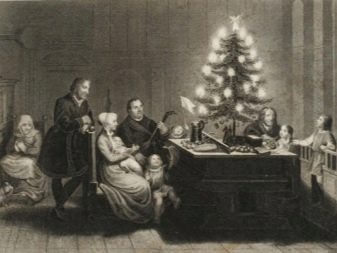
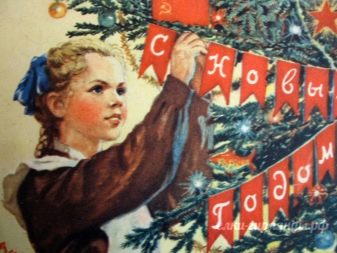
Santa Claus
The good grandfather is another “invention” of the last century - it was also invented by a regime that needed “its” heroes. Before the revolution, St. Nicholas successfully dealt with the functions of Santa Claus and it is still customary in some places to put children under the pillow gifts from the old man on the night of January 13-14 - the New Year in the old style.
Santa Claus is considered a Western "relative" Santa Clausbut his name also translates exactly as Saint Nicholas. The saint came under the renaming, again, because of his belonging to a religion that was not welcomed in the Soviet Union. He became a type Moroz Ivanovich - the very character of the fairy tale who in the winter forest asked the girl if she was warm.
Moroz Ivanovich himself comes from Moroz - a grandfather from ancient Slavic tales, who did not give gifts to the right or left.
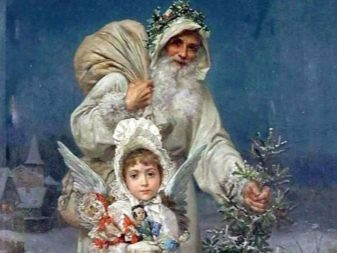
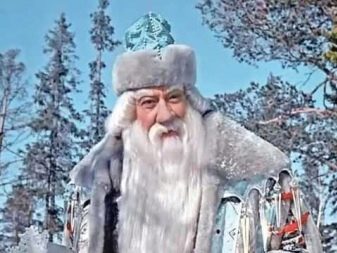
Snow Maiden
In folk tales the Snow Maiden - a girl whose childless grandfather and grandmother were blinded out of the snow. The baby came to life and became a joy for elderly parents, but in the summer she died in a forest on a walk with her friends: according to some versions, she melted, according to others - her friends killed her out of envy. As you can see, no connection with the New Year can be traced.
At first, Santa Claus allegedly had a grandson - on old postcards you can see a certain boy that everyone has forgotten about today. In the 30s of the last century, he was officially replaced by his granddaughter - Snegurochka, who got the characteristic blue color of the outfit from her predecessor.
Initially, especially on postcards, she appeared as a little girl, and only then (apparently, to simplify the ideas) she was made a little more adult.
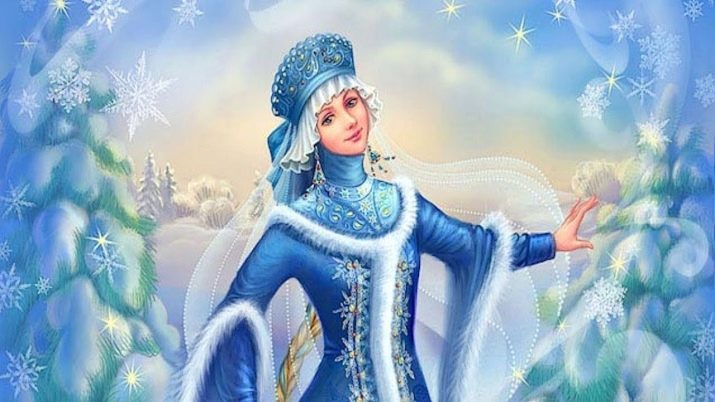
Animals
And this symbol is by no means Soviet, and indeed not Christian. Tie every year to any animal is customary in the Chinese calendar. It has been believed there for several thousand years that the animal, which symbolizes the year of birth of the child, as if conveys his character traits to him. There are 12 such animals in total, they follow each other in the same sequence, forming 12-year cycles.
At the same time, each animal is separately assigned a color with material, which also supposedly affects fate. On this basis, the Chinese horoscope is built, the potential compatibility of people is calculated, and so on.
In our country, the tradition of paying attention to the Chinese calendar came in the late 80s, when both the USSR and China itself became less closed states.
Apparently, one of the domestic journalists, taking advantage of the weakening of censorship, decided to please the readers with an interesting overseas tale, and those tired of the monotonous propaganda were happy to receive completely new information.
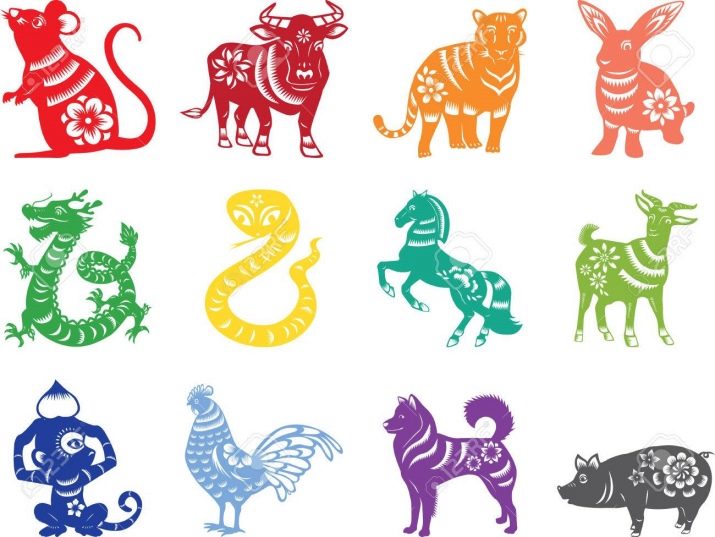
Gifts
At the time of the birth of the tradition, only nobles could afford such a chic to decorate a Christmas tree. A whole tree needed a lot of treats, and then there was nowhere to put them especially - the rich people handed out all these apples and cookies to their own servants, especially since such a manifestation of mercy is quite in the spirit of Christmas.
Separately, gifts, also sweet, were distributed by the already mentioned Saint Nicholas, but his generosity concerned only children and not all, but only obedient ones. In the USSR, there was no question of creating a positive image for the rich and noblemen, and it was impossible to “advertise” Christian heroes. Having completely abolished the beautiful tradition, the Communists risked encountering the resistance of ordinary people, so they decided to delegate the functions of the nobles and the saint to Santa Claus, who had just been invented.
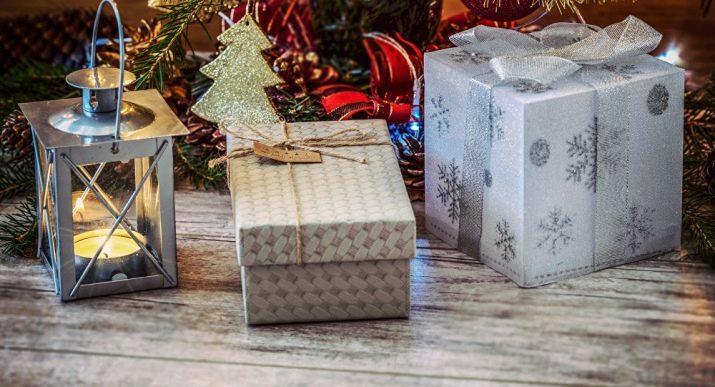
Sparklers and fireworks
Fireworks long before the beginning of our era were invented by the Chinese. It is believed that the first prototype of the fireworks was green bamboo - he exploded if he was thrown into a fire. The ancient Chinese suggested that a sharp and loud sound scares away evil spirits, so they quickly fell in love with such entertainment. Later, they came up with gunpowder and began to use it for the same purpose, and the ceremony itself gradually became characteristic of any big holidays, especially for the New Year, which always implies the need to leave everything bad in the old year.
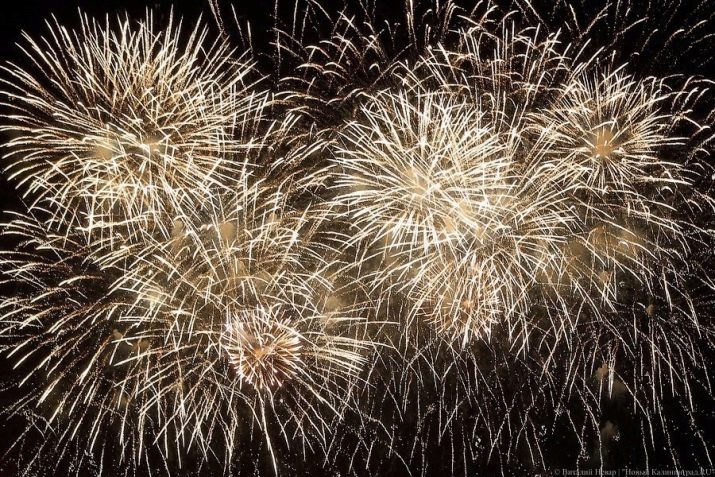
Fireworks appeared in Russia much later (not earlier than the 16th century), and the first documented full-fledged launch took place only in 1674. In constant holiday routine, fireworks in Russia were introduced by Peter I.
But the most accessible and beloved children and adults pyrotechnics in the Soviet Union were sparklers. It is easy to guess by the name that they originate in India, namely in Bengal. And since the permanent attribute of the New Year celebration was in demand in the USSR, it was mass-produced at the country's enterprises and cost a penny.
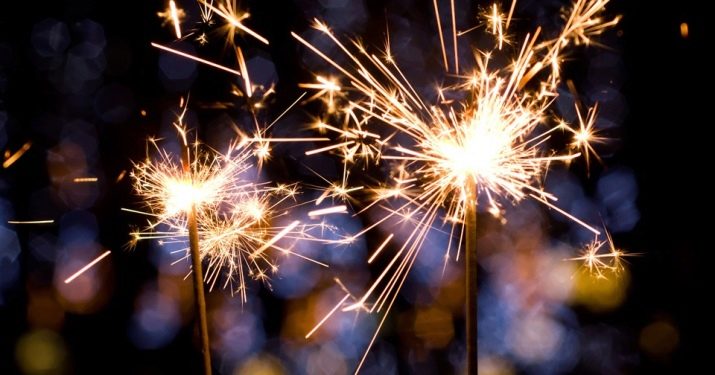
Snowman
The tradition of sculpting little men from snow actually has no special relation to either the New Year or Christmas. It originated in ancient times among different peoples, independently of each other - wherever the climate allowed, snowmen were sculpted in winter, this can be considered a kind of amateur sculpture.
The new year, which in our country has been celebrated in the middle of winter for more than 300 years, is inevitably associated with cold and snow and is associated with a snowman only because it is made of snow and in the absence of cold weather is impossible.
That is why the snowman is sometimes used on postcards, even as a satellite of Santa Claus, but there is no deeper connection between them.
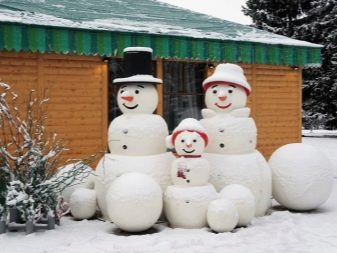
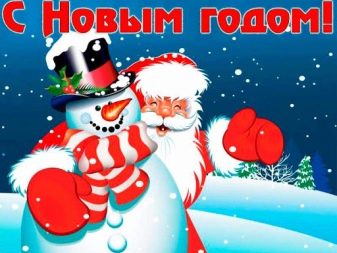
Symbols of the New Year on the table
The New Year's table is supposed to be rich and varied, but there is a small list of products that are literally required to be present at it, regardless of the personal preferences of the owners and guests. Each of them has its own story of how they became symbols of the holiday, and we will tell these stories too.
- The apples. Today, they are far from being a mandatory attribute of the holiday for everyone, but have been such for centuries (if we consider New Year and Christmas as related holidays). We said the reasons for this, considering the history of the approval of the tree as a Christmas tree - apples symbolized the forbidden fruit that Adam and Eve ate, therefore they were used to decorate the scene. After the presentation, they were handed out to the poor.
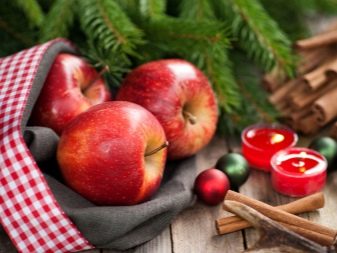
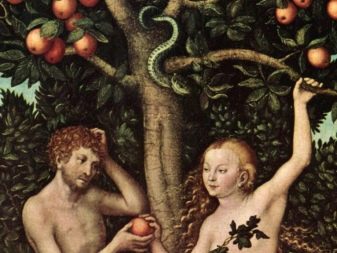
- Tangerines (oranges). In Soviet times, not to mention the earlier ones, overseas goods were a real disaster. One could not even dream about the variety of today's supermarkets - it was almost impossible to get fresh fruits in winter, except perhaps apples and pears. The exception was tangerines - they grew abundantly in Transcaucasia, on Soviet territory, and ripened just in December.
Remaining a rarity throughout the year and going on sale right by the New Year, they simply could not help but become a symbol of the holiday.
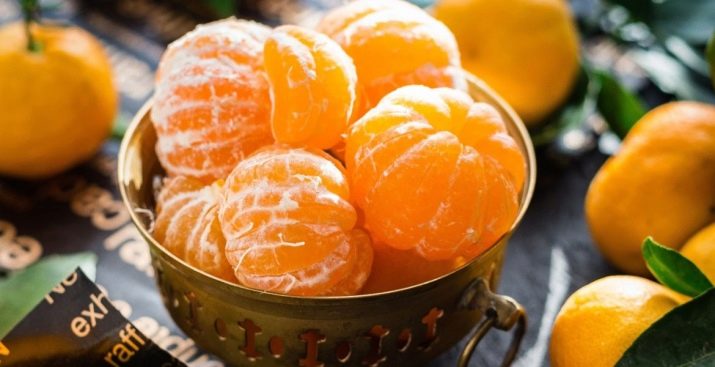
- "Olivie". The legendary salad was invented by a French chef, in whose honor and named. Before the revolution, Monsieur had his own restaurant in the vast expanses of our country, and the institution at one time was successful, but then it fed the visitors because of the lack of any new items. Seeing the decline of the business, the owner showed the world an innovation by simply mixing popular products for other dishes in one salad, and this went down in history.
There are a lot of varieties and recipes "Olivier" for today, each housewife has this salad, but he must be on the New Year's table.
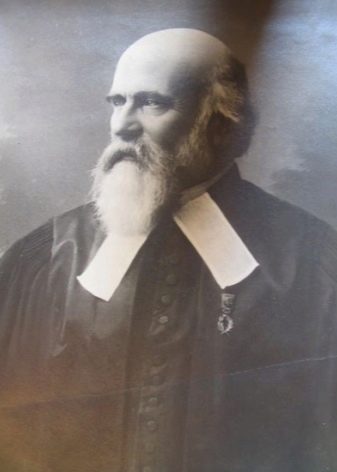
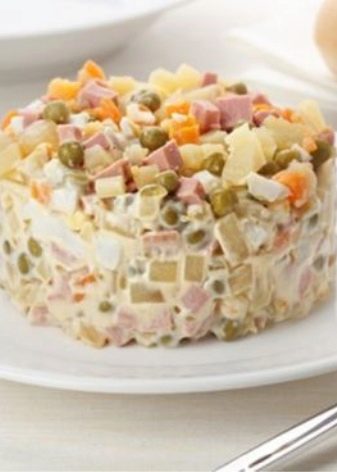
- Champagne. You may prefer other alcohol or not drink it at all, but champagne is considered the main New Year's drink. This is a typical celebratory drink, perhaps according to the same logic that the sound of the opened bottle resembles a salute, and the “geyser” from the neck only fuels emotions.The nobles used to think that only sparkling wines were considered “noble”, worthy of festivities, and not just a drinking party - commoners could neither make such a drink, nor buy it. The tradition of clinking glasses probably involves mixing drinks in adjacent glasses - this is a guarantee that drinkers do not try to poison you through alcohol.
They say that this custom was made fashionable in Russia by Alexander II, but the “clinking” itself probably appeared much earlier.
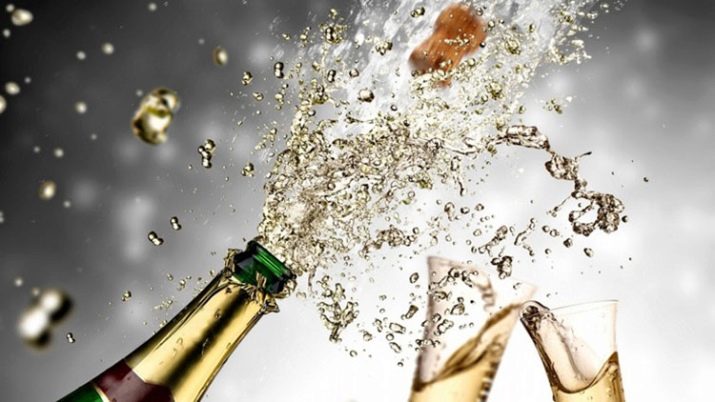
Interesting facts and traditions
One of the symbols of the New Year is the New Year’s appeal of the president. In other countries, prime ministers, chancellors, and kings may speak as such. In some places, the speech is dedicated not to the New Year, but to Christmas, in dozens of countries around the world it is not at all.
For the first time, the idea of the appeal came to the head of the BBC CEO John Wright, who in 1923 tried to organize a broadcast of the king’s congratulatory speech. He refused, and agreed only many years later, in 1932. Rudyard Kipling, the author of the famous Jungle Book about Mowgli and his friends, wrote a speech to him.
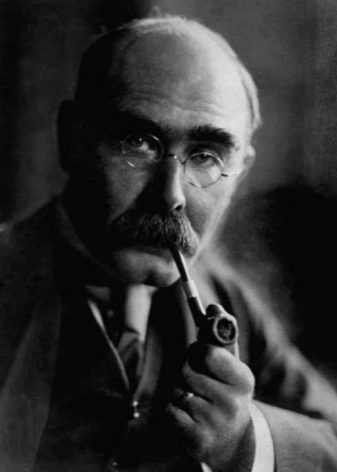
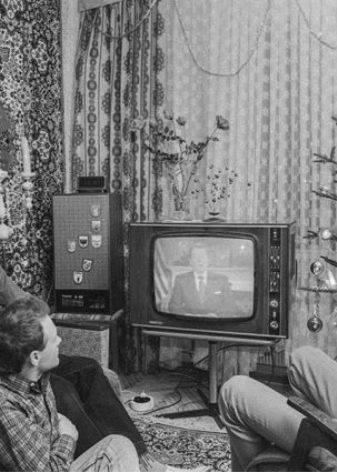
See the next video for more information on the New Year symbols.
